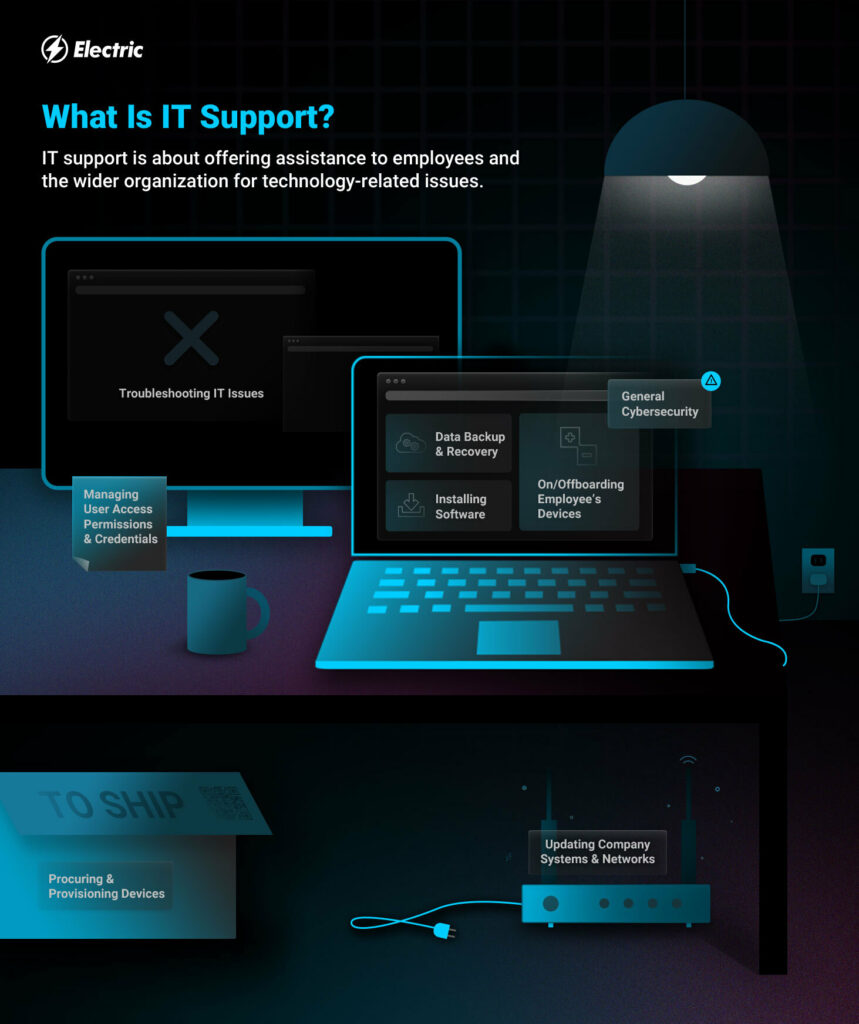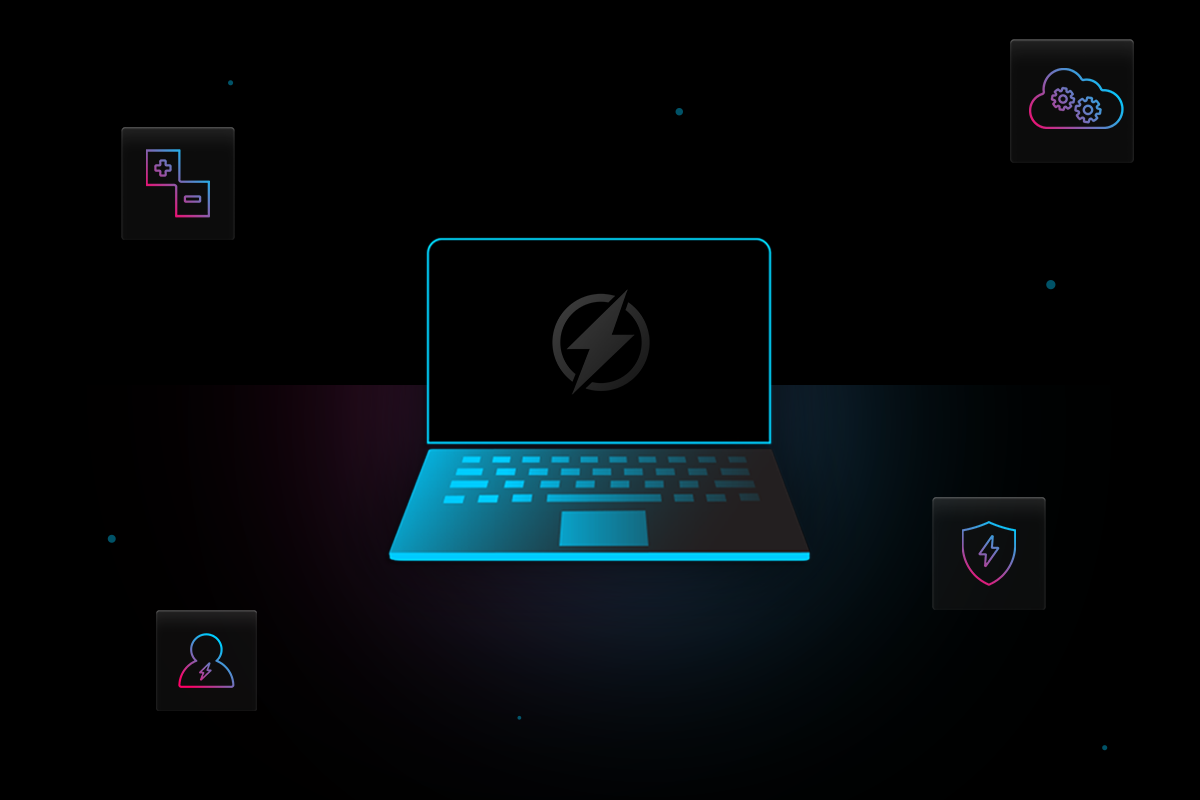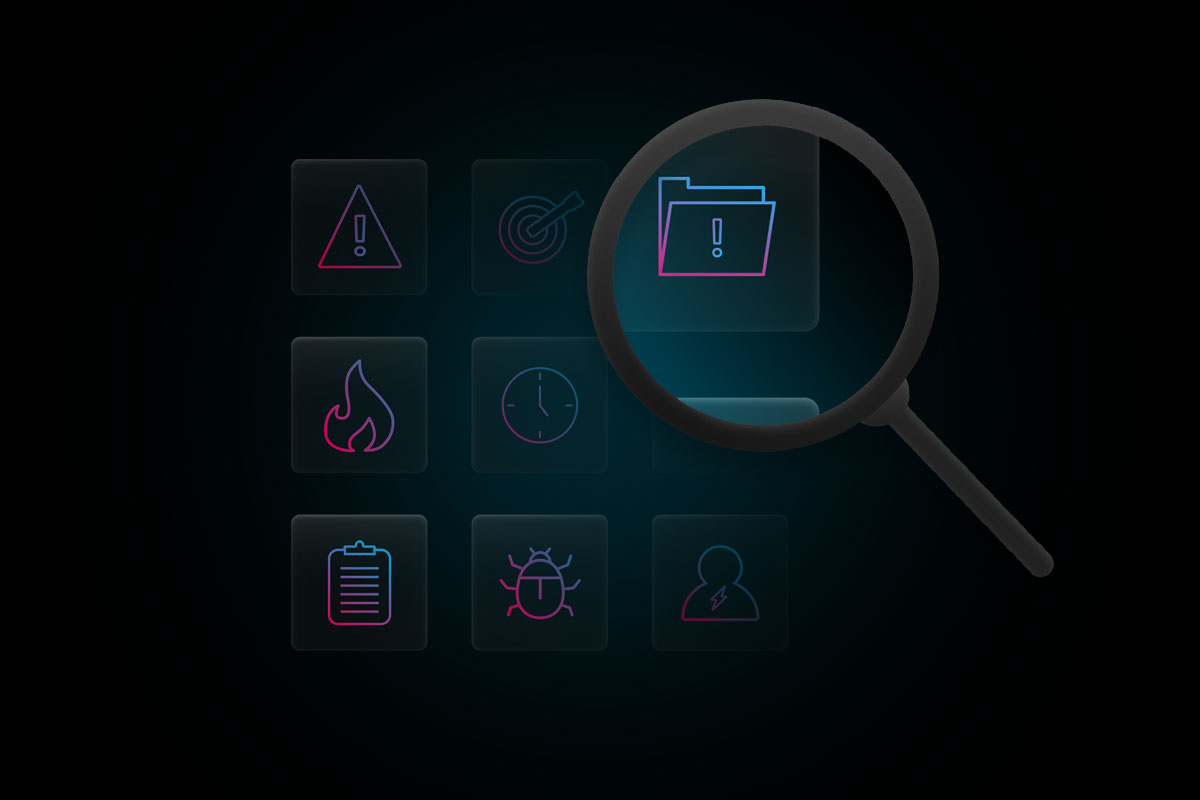
In today’s work environment, IT support encompasses a variety of different responsibilities and solutions.
As technology has progressed, IT support has evolved away from an in-office helpdesk or technician on the phone. IT management solutions like the Electric IT Hub have made it easier for non-technical leaders to take control of their IT environment, resolve everyday IT issues, proactively prevent common problems, and automate many of the manual tasks that were previously only performed by IT support professionals.
Whatever your business needs, an IT management solution can help ensure your company is covered.
What is IT Support? TL;DR
- IT support takes many forms. At its core, it refers to optimizing an IT environment and providing technical assistance throughout an organization.
- IT support responsibilities can include hardware procurement and configuration, mobile device management, employee onboarding and offboarding, cybersecurity measures, and much more.
- In SMBs, many IT support requirements can be handled by non-technical users in a centralized IT management solution.
What is IT Support?
In its simplest form, IT support is about offering assistance to employees and the wider organization for technology-related issues. Its purpose is to provide users with answers to problems they may be experiencing. In a business environment, IT support can also encompass the setup, installation, and configuration of equipment, plus much more.
What Does IT Support Do?
Business IT support is more than fixing problems and answering questions. Some of the most common IT support responsibilities that can be handled by an IT management solution include:
- Updating and maintaining company systems and networks
- Installing and configuring software
- Managing and provisioning applications
- Managing user access permissions and credentials
- Rolling out patches and updates
- Procuring and provisioning devices
- Onboarding and offboarding employees
- Implementing cybersecurity measures
Check out our helpful infographic for more!

What IT Support is Offered by an IT Management Solution?
IT management platforms like Electric are designed to empower you with the tools to seamlessly manage your IT in-house. This includes access to our industry-leading technology, solution, and service partners.
- Technology partners: Electric integrates with cutting-edge solutions within our platform, offering SMBs a seamless and comprehensive IT experience.
- Solution partners: Access best-in-class IT hardware and software solutions in the Electric Marketplace.
- Service partners: From network upgrades to security consulting, avail of trusted professional IT services.
Why Reliable IT Management is Essential
Supporting an in-house IT department is expensive, and there are far fewer qualified applicants than there are open positions. 73% of IT leaders say they struggle to recruit in this space, while turnover remains high. Such volatility in recruitment and retention makes IT management solutions a more viable option for many organizations.
Cybersecurity threats also continue to grow. 47% of small businesses in the U.S. have fallen victim to a cyber attack, 67% of which have experienced more than one breach. Phishing, password hacking, and adware are among the most common forms of attack against small businesses, and the methods employed by attackers grow more sophisticated by the day. Without adequate cybersecurity management, organizations are left vulnerable.
Downtime from such attacks is costly. According to Gartner, the average cost of downtime is $5,600 per minute. For some technology-intensive operations, the cost can be much higher. With properly monitored systems and proactive security measures rolled out from a centralized platform, breaches can be prevented and equipment failures can be identified and fixed before they cause an issue.
Find the Right IT Management Solution For Your Business
Finding the right IT solution can go a long way to protect your digital assets and boost your bottom line. Electric provides centralized IT management for small and medium-sized businesses, empowering you with everything you need to take full control of your IT environment, in-house.
Gain access to device insights, device procurement, employee onboarding and offboarding, MDM software to keep your devices compliant and secure, and much more in our IT Hub. Book a demo to learn more about our IT management solutions.
IT Support FAQ
What is IT support?
IT support refers to optimizing a business’s IT environment and providing technical assistance throughout an organization. IT support responsibilities can include hardware procurement and configuration, mobile device management, employee onboarding and offboarding, cybersecurity, and much more. Traditionally, IT support was delivered by in-house or third-party support technicians. Today, many SMBs rely on IT management solutions as a more transparent, cost-effective alternative to IT support.
Do SMBs need IT support?
Traditional IT support is no longer essential for small and medium-sized businesses. Limited resources make in-house IT support impractical for many SMBs, while outsourced IT support can be costly and unsuitable for the needs of growing businesses. Instead, SMBs rely on IT management solutions that empower them to take control of their IT needs, without the need for technical skills or support.
What are the alternatives to IT support for SMBs?
Many SMBs rely on IT management platforms as a smarter alternative to in-house or third-party IT support. These all-in-one solutions eliminate the ticket volumes, SLAs, and costs associated with Managed Service Providers (MSPs). IT management solutions like Electric empower non-technical users to effortlessly handle devices, apps, security, and more — all from a single platform.



